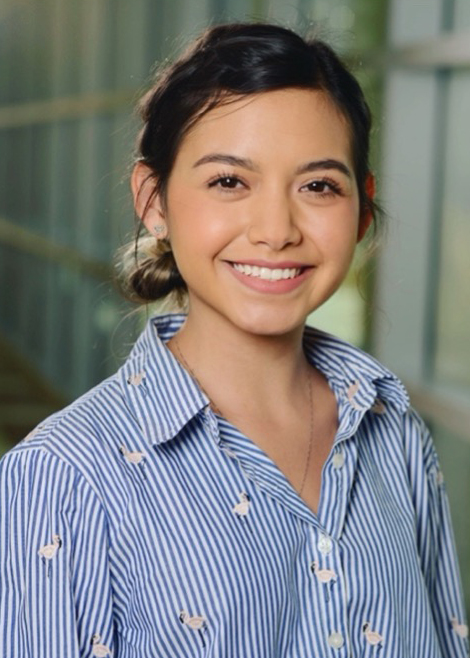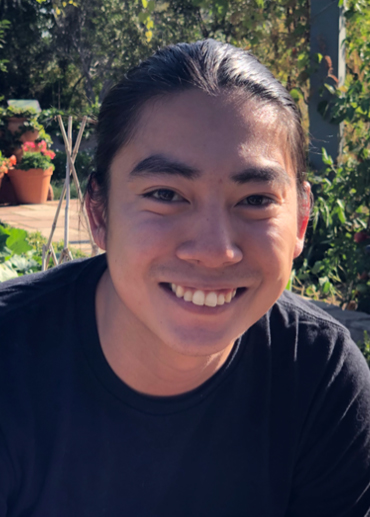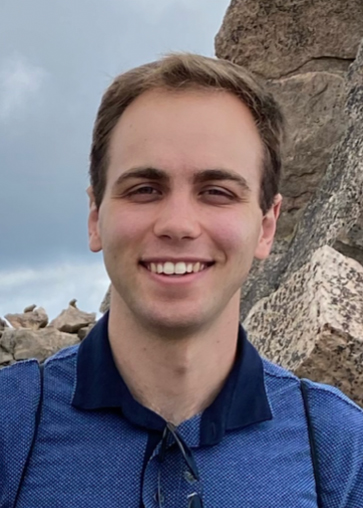2021-2022 RNA Scholars:

Lorraine Davis
Project Title: Interrogating the transcriptional network of immunomodulatory drug resistance evolution in multiple myeloma
Program: Cancer Biology
Mentor: Daniel Sherbenou
My project focuses on examining the transcriptional network utilized by multiple myeloma (MM), a plasma cell malignancy, compared to the transcriptional regulation of normal stages of terminal B-cell development. Specifically, I am focusing on elucidating the transcriptional network of MM cells from patients resistant to the cornerstone drug class immunomodulatory drugs (IMiDs), which largely relies on the targeting of master plasma cell transcription factors for its anti-tumor effects. However, MM possesses intratumoral heterogeneity and previous studies suggest that MM cells are not as phenotypically static as normal plasma cells. I will employ single-cell RNA sequencing of serially sampled patient bone marrow biopsies to unbiasedly track resistant population(s) over the disease course and identify their unique transcriptional and phenotypic features. My project will also provide insight into the role of terminal B-cell development transcriptional programs in myeloma disease evolution. By elucidating the critical transcription factors and phenotypes associated with resistance to IMiDs in heterogeneous MM cell populations, we will be able to identify and assess targetable vulnerabilities in resistant MM cells. This will provide us with promising new therapeutic strategies as well as potential biomarkers for these patients with a dismal prognosis.

Arely Diaz
Project Title: Dissecting the metabolic role of RNA-binding protein Spenito
Program: Molecular Biology
Mentor: Tania Reis
The molecular mechanisms underlying sexual dimorphism in metabolism are not fully known. The conserved RNA-binding protein Spenito/Nito (RBM15 in humans) controls sex determination in Drosophila in part by acting as a subunit of the m6A RNA methyltransferase complex that modifies RNAs. We identified Nito as required to maintain proper levels of body fat. My research is focused on understanding potential connections between Nito-mediated m6A regulation, Nito’s RNA binding activity, and the establishment of metabolic differences between males and females. To tackle this problem, I am using a combination of genetic, cellular, molecular and omics approaches.

Hei-Yong “Grant” Lo
Project Title: Uncovering the mechanisms of RNA localization to the centrosome
Program: Molecular Biology; Medical Scientist Training Program
Mentor: J. Matthew Taliaferro
I seek to discover how the RNA transcriptome around the centrosome is formed and why it is important for its function. Normal cell division relies on a functioning centrosome with its local and specific RNA transcriptome. Loss of specific RNA transcripts recapitulates the cell-cycle defects and segregation errors found in numerous cancers. However, what RNAs are present at the centrosome, how they get there, and the consequences of mislocalization are completely unknown. I use a state-of-the-art technique known as Halo-Sequencing to enrich for and sequence RNA transcripts at the centrosome. Using both unbiased, computational screens combined with targeted smFISH experimental approaches, I will uncover candidate RNAs localized to the centrosome. Then I plan to identify mechanisms of RNA localization to the centrosome. These experiments will lay the foundation of uncovering how mislocalizing RNA to or from the centrosome will affect cell division, possibly allowing us to discover novel roles for RNA at the centrosome and expand upon centrosome biology.

Cormac Lucas
Project Title: Defining virus-host interactions that disrupt lymph node tissue organization and function to impair development of protective B cell responses
Program: Microbiology
Mentor: Thomas E Morrison
My research is focused on the roles of specific cells in the draining lymph node with regard to chikungunya virus-specific B cell responses. Previous work has shown that CHIKV establishes a persistent infection by evading B cell responses, and this persistent infection is associated with significant disruption to the normal architecture and function of the draining lymph node. Disruption of the lymph node and impairment of B cell responses is related to an influx of inflammatory monocytes and neutrophils, high levels of pro-inflammatory cytokines and chemokines, and accumulation of viral RNA in the medullary sinuses of the dLN early after initial infection. The lymph node cell types that interact with and respond to CHIKV RNA have not been well defined. My focus is first to identify the lymph node cells that capture or are infected with CHIKV and second, to determine what antiviral and/or pro-inflammatory factors these cells produce in response. Accumulation of CHIKV RNA in the lymph node is in large part due to expression of the scavenger receptor MARCO, which is primarily present on macrophages and a subset of lymphatic endothelial cells. Assessing the transcriptional responses and spatial localization of these MARCO-expressing cells and other unknown cells that may interact with CHIKV will then inform functional studies in animal models using conditional gene-targeting approaches and antibody-mediated cytokine or receptor blockade experiments to confirm the roles of specific cells and immune factors contributing to the generation of protective virus-specific B cell responses.